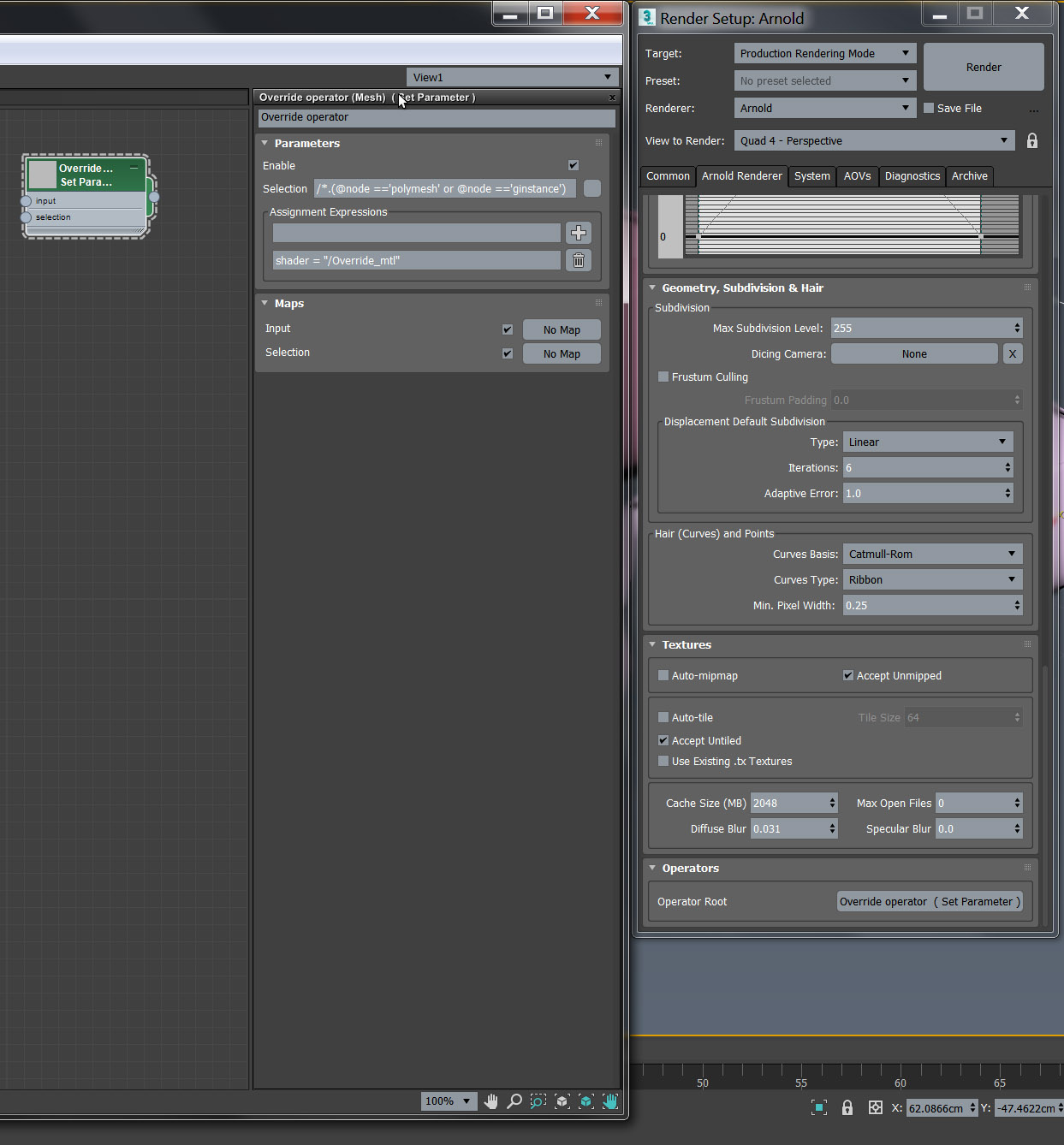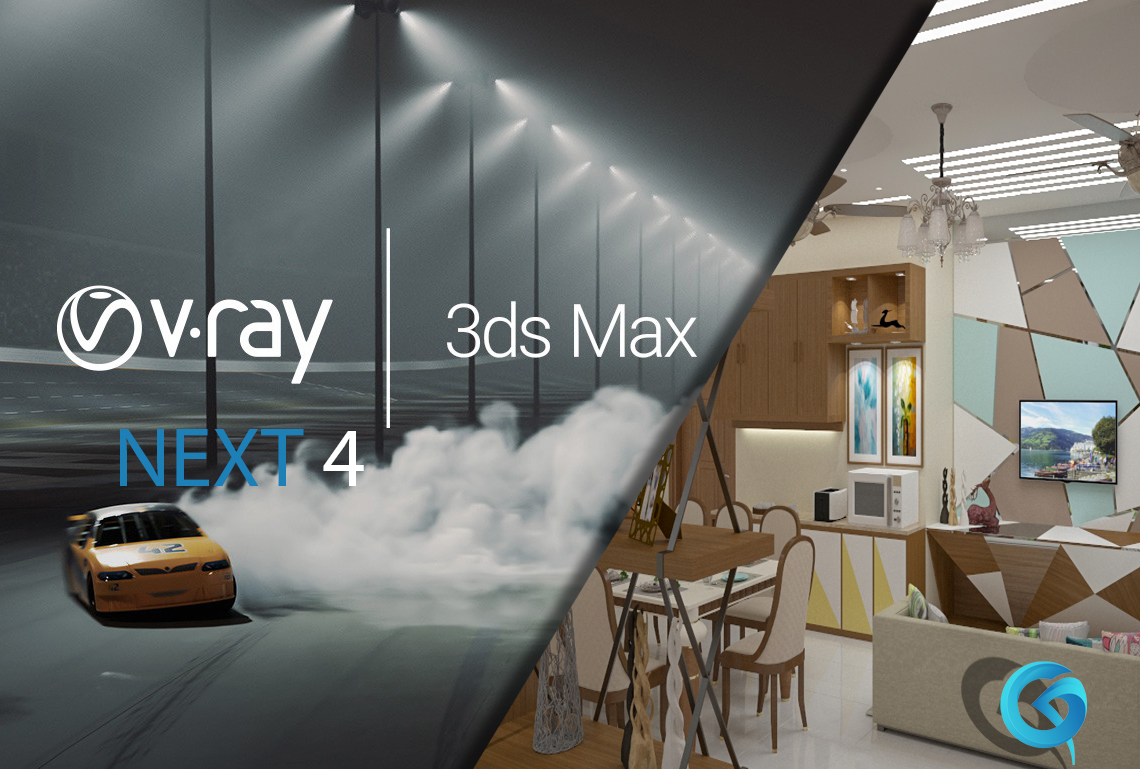

However, it’s not considered to be machine learning in the true sense, as this generally means processing a huge pool of data on a powerful server or cluster in order to ‘learn’ and refine actions based on that learning.

Scene Intelligence is not unlike machine learning, in that it analyses a scene and then decides the best way to optimise lighting calculations, sampling and so on. It can be considered properly production-ready. More importantly, he believes that its V-Ray GPU renderer (previously called V-Ray RT) is now on par with V-Ray itself in terms of quality. “It does parallel processing a lot faster – about two times faster than the previous gen,” says Grohs. Then there’s a completely new GPU rendering architecture called the multi-kernel, which is based on Nvidia CUDA. On top of that, the developers have been working on Scene Intelligence, a collective group of technologies that allow V-Ray to ‘learn’ from a scene to help cut render times. That’s everything – all ray tracing calculations are going to speed up,” says Grohs, adding that this is down to optimised code. “It’s about 25% faster just as a baseline. The new version is very much focused on performance. And, as Chaos Group CCO Lon Grohs admits, “V-Ray 4 for 3ds Max didn’t sound right.” In other words, the number ‘4’ followed by the word ‘for’ would have been a bit of a mouthful.

It’s a break from the traditional numerical naming conventions, but the company justifies this by saying that the new branding signifies a significant leap forward in terms of both technology and capability.

#Vray for 3ds max 2018 software
The software is primarily used alongside the tools of choice for viz artists, such as 3ds Max, Maya, Cinema4D, but in recent years, it has spread its wings into 3D CAD, with versions for Rhino, Revit and SketchUp, as well as other 3D modelling tools.Ĭhaos Group has now launched a brand-new version, V-Ray NEXT, which will be made available first for 3ds Max. V-Ray has become the industry-standard renderer for architectural design visualisation. Image courtesy of Dabarti CGI production Studio V-Ray NEXT offers GPU-accelerated support for environment fog and volumetric effects.


 0 kommentar(er)
0 kommentar(er)
